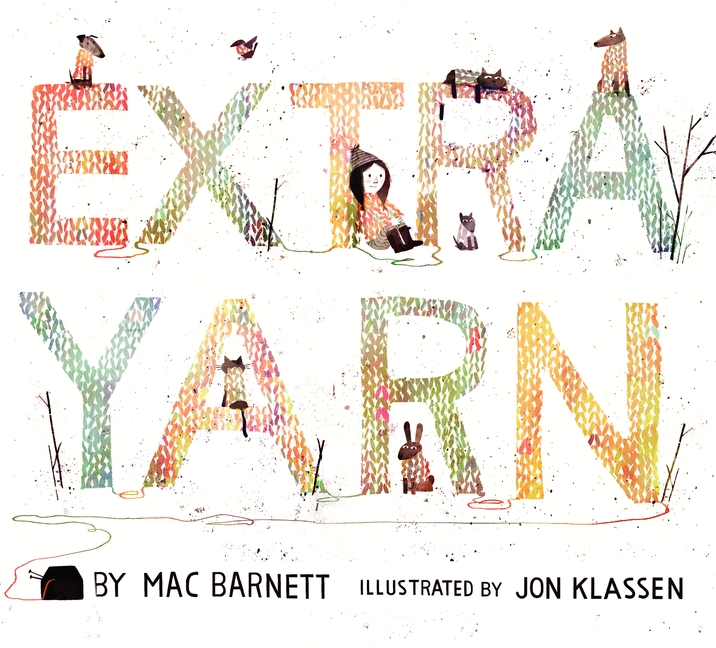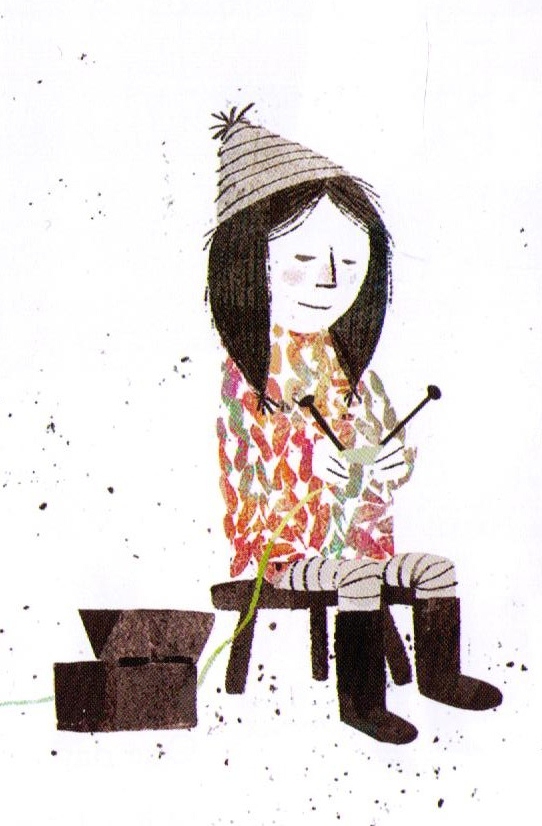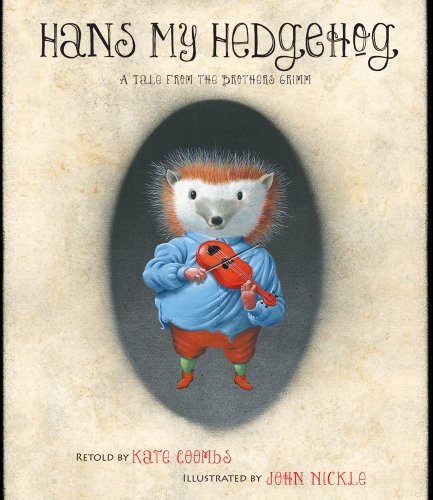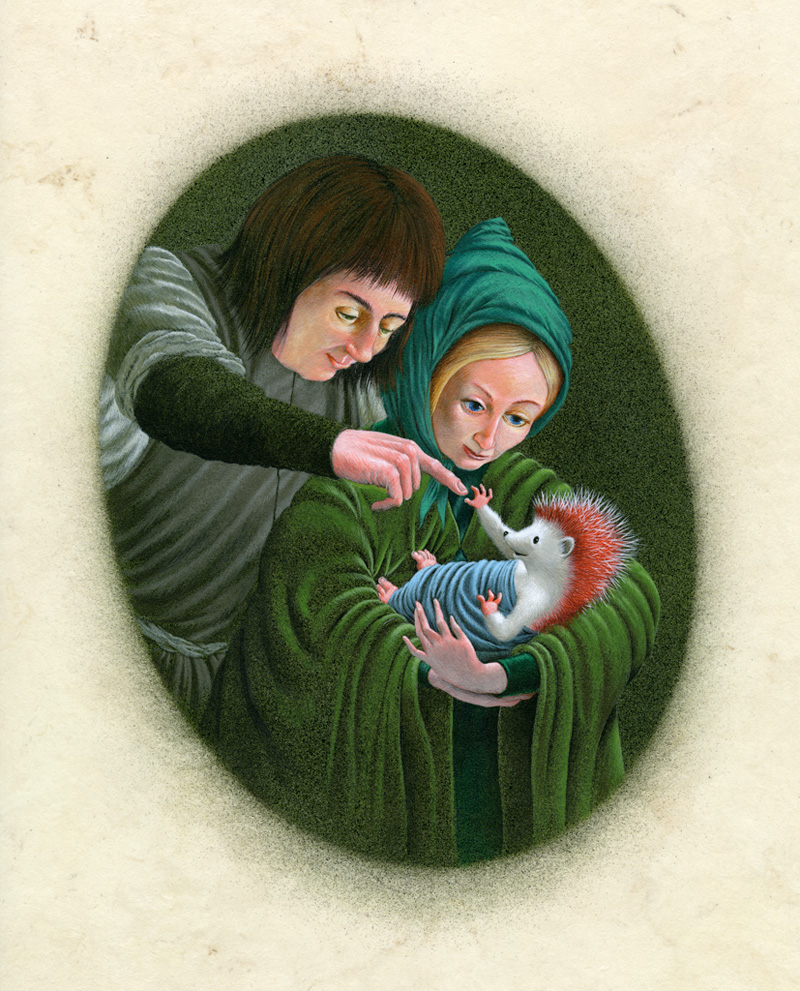Here's a list of the books I added to my hold list after reading the reviews in the current issue of the Horn Book (I left out the ones I already read). A first step toward reviewing some of them here!

Lady Hahn and Her Seven Friends by Yumi Heo (Ottaviano/Holt). Lady Hahn is a seamstress, and her seven friends are her sewing tools personifed. The tiny women argue among themselves about who is the most important, but of course, they all are. The appeal for me is the subject (textiles!) and Heo's colorful oil-and-pencil illustrations of Korean traditional dress.
Bitterblue by Kristin Cashore (Dial). I loved Cashore's Graceling, but didn't seek out Fire, the companion novel--I wasn't interested in the character of Fire, impossibly beautiful, able to control men's minds, etc. But Bitterblue I remember as a child in Graceling, and now she's the young queen of a troubled country. Charlotte of Charlotte's Library liked Bitterblue, too (and she's giving away two copies! I hope I win, because the hold list is already very long).
The Year of the Book by Andrea Cheng (Houghton). Cheng writes realistic fiction with multicultural characters and themes for elementary to middle grade readers. Only One Year (Lee and Low, 2010) is my favorite of her books. This one is narrated by Chinese-American fourth-grader Anna Wang, who always has her head stuck in a book. I can relate, then and now.
 Ghost Knight by Cornelia Funke; illustrated by Andrea Offermann (Little, Brown). I am not always a Funke fan, but this sentence from the review is impossible to resist: "Funke's consummate way with setting, well-interpreted in Offermann's looming illustrations, brings the medieval English town (and all of its ghosts) to life, from the sprawling boarding school campus to the echoes-of-the-past cathedral and eerie cemetery grounds; a side jaunt to Stonehenge even adds some levity." We (almost) went to Salisbury when we were in England last winter, even! Maybe next time.
Ghost Knight by Cornelia Funke; illustrated by Andrea Offermann (Little, Brown). I am not always a Funke fan, but this sentence from the review is impossible to resist: "Funke's consummate way with setting, well-interpreted in Offermann's looming illustrations, brings the medieval English town (and all of its ghosts) to life, from the sprawling boarding school campus to the echoes-of-the-past cathedral and eerie cemetery grounds; a side jaunt to Stonehenge even adds some levity." We (almost) went to Salisbury when we were in England last winter, even! Maybe next time.
Code Name Verity by Elizabeth Wein (Hyperion). I already started this YA novel about two young women, spy and pilot, during World War II (thank you, Hyperion and NetGalley!). The first part is the spy's confession; the second, the pilot's accident report. So far, so compelling--technical detail about airplanes (the author is a pilot herself) aside. This one got a starred review. I look forward to following up with my own.




